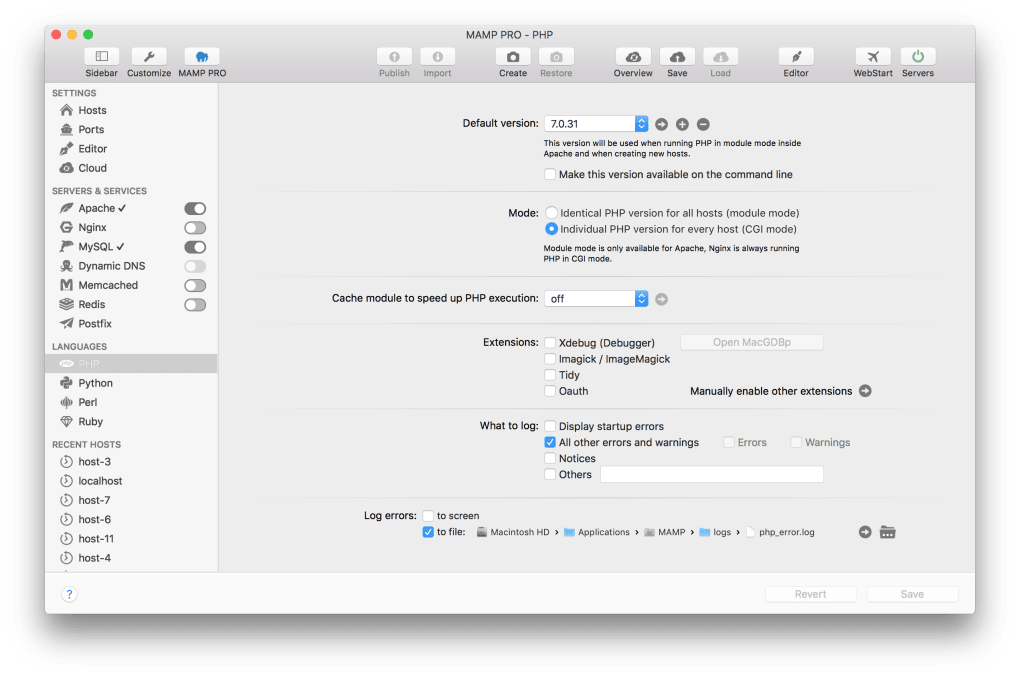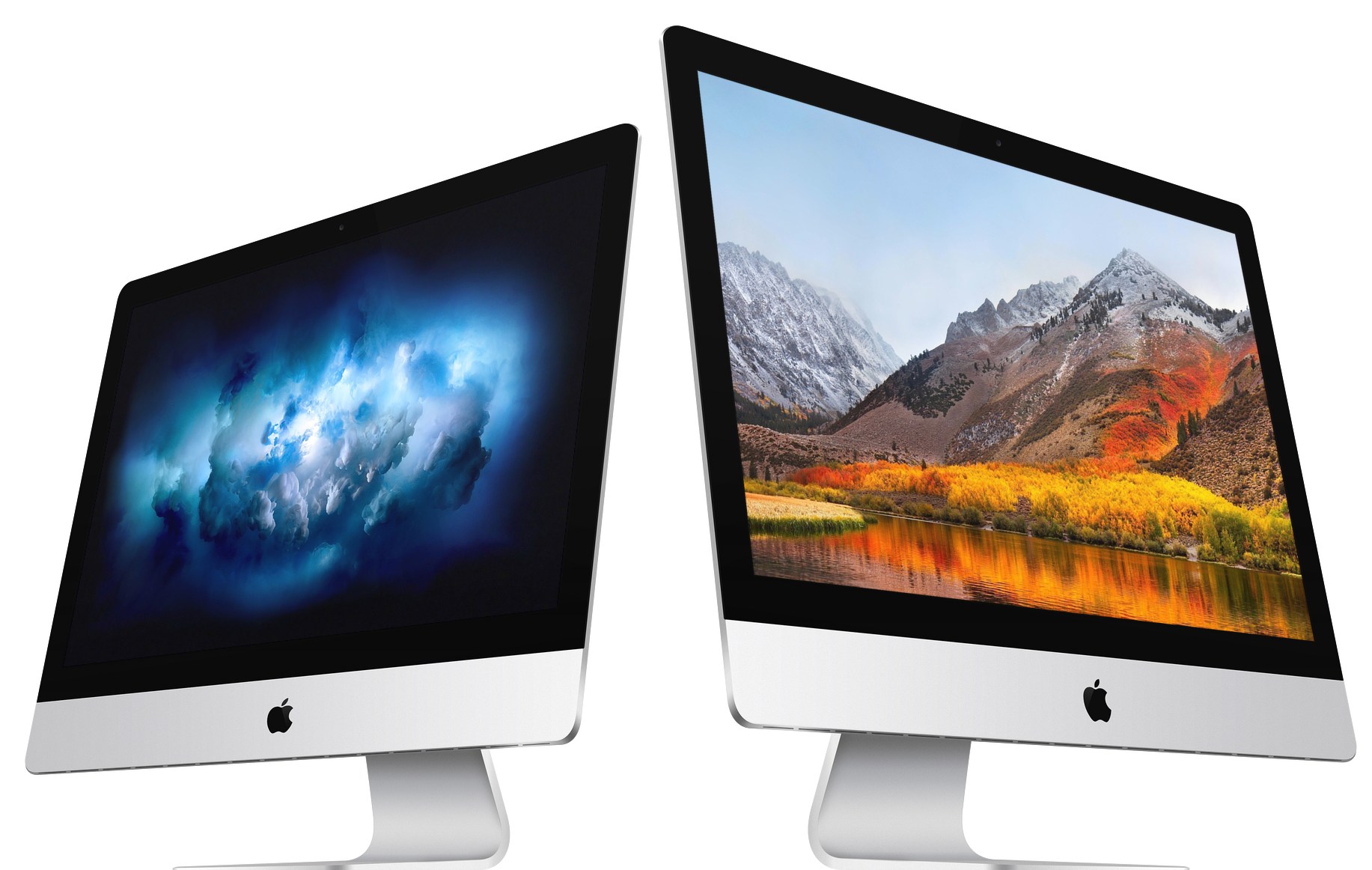2020. 11. 5. 17:19ㆍ카테고리 없음
How to Install macOS High Sierra on PC without Mac with Full Guide & Step By Step. If you don't have access to Macintosh or Hackintosh computer you can also. In addition to the core installation, the Package Installer also includes Chapter 3, Installing a MySQL Launch Daemon and Chapter 4, Installing and Using the MySQL Preference Pane, both of which simplify the management of your installation. My Mac OS'versin is High Sierra (10.13) too. And I also noticed that 'Packages for Mojave (10.14) are compatible with High Sierra (10.13)” on So, I download the 8.0.18 version. And finally I came here.
macOS Update: While these instructions still work, there are new posts for recent versions of macOS, the latest being Install Apache, PHP, and MySQL on macOS Mojave.
PHP Update: Mac OS X Sierra comes pre-installed with PHP version 5.6, however the latest version of PHP is 7.1. After you complete this post, you should upgrade PHP on Mac OS X.
Note: This post is for new installations. If you have installed Apache, PHP, and MySQL for Mac OS El Capitan, read my post on Updating Apache, PHP, and MySQL for Mac OS X Sierra.
Mac OS X runs atop UNIX. So most UNIX software installs easily on Mac OS X. Furthermore, Apache and PHP come packaged with Mac OS X. To create a local web server, all you need to do is configure Apache and install MySQL.
I am aware of the web server software available for Mac OS X, notably MAMP. These get you started quickly. But they forego the learning experience and, as most developers report, can become difficult to manage.
Running Commands
Cisco mac download vpn for. First, open the Terminal app and switch to the root user so you can run the commands in this post without any permission issues:

Enable Apache on Mac OS X
Verify It works! by accessing http://localhost
Enable PHP for Apache
First, make a backup of the default Apache configuration. This is good practice and serves as a comparison against future versions of Mac OS X.
Now edit the Apache configuration. Feel free to use TextEdit if you are not familiar with vi.
Uncomment the following line (remove #):
Restart Apache:
You can verify PHP is enabled by creating a phpinfo() page in your DocumentRoot.
The default DocumentRoot for Mac OS X Sierra is /Library/WebServer/Documents. You can verify this from your Apache configuration.
Now create the phpinfo() page in your DocumentRoot:
Verify PHP by accessing http://localhost/phpinfo.php

Install MySQL on Mac OS X Sierra
Download and install the latest MySQL generally available release DMG for Mac OS X.

The README suggests creating aliases for mysql and mysqladmin. However there are other commands that are helpful such as mysqldump. Instead, you can update your path to include /usr/local/mysql/bin.
Note: You will need to open a new Terminal window or run the command above for your path to update.
Finally, you should run mysql_secure_installation. While this isn't necessary, it's good practice to secure your database.
Connect PHP and MySQL
You need to ensure PHP and MySQL can communicate with one another. There are several options to do so. I do the following:
Additional Configuration (optional)
The default configuration for Apache 2.4 on Mac OS X seemed pretty lean. For example, common modules like mod_rewrite were disabled. You may consider enabling this now to avoid forgetting they are disabled in the future.
I edited my Apache Configuration:
I uncommented the following lines (remove #):
If you develop multiple projects and would like each to have a unique url, you can configure Apache VirtualHosts for Mac OS X.
If you would like to install PHPMyAdmin, return to my original post on installing Apache, PHP, and MySQL on Mac OS X.
Find this interesting? Let's continue the conversation on Twitter.
In the past, we maintained a script for automating the installation of MySQL on macOS. Over the years, it has become difficult to ensure that the script works on all of the versions of macOS still in use, and support from MySQL for macOS is slow. As a result, we now recommend installing and maintaining MySQL using Homebrew. This allows for easy upgrades, and still includes the ability to have MySQL start on boot. Homebrew is a third party package manager, similar to yum or apt if you’re familiar with Linux package managers. It provides an easy way to install third party software and a way to keep that software up to date.
Before we begin, there are a few prerequisites:

- Xcode must be installed. It can be installed from the App Store here.
- MySQL should not already be installed on your system. If you have installed or attempted to install it before, you will need to make sure MySQL is completely removed along with all of its files and directories.
Let’s get started – the first thing you need to do is open up a terminal window and make sure you’ve accepted the Xcode license agreement by issuing this command:
You will have to press space a bunch of times to scroll to the bottom of the agreement and then type ‘agree’ if you agree to the terms.
Next, we’re going to install Homebrew (this command is all one line):
The installer will give you a list of things it’s going to do, just press enter and Homebrew will be installed.
Now that you have Homebrew installed, you can type check to see if there are any recommendations for your setup:
For example, you may have an outdated version of Xcode, in which case you may want to upgrade that:
Moving on, it’s time to install MySQL. As of the writing of this post, the latest version of MySQL available through Homebrew is MySQL 5.7.20 8.0.12. To install it:
Once the installation completes, we’ll want to take care of a few more things. First, let’s tell it to start automatically whenever we reboot the system:
By default, MySQL is installed without a root password. This is considered insecure, so let’s get one set:
- Validate Password Plugin – you can have MySQL enforce strong passwords by enabling this, but it is optional
- Remove anonymous users – we recommend doing this
- Disallow root login remotely – we recommend doing this as well – if you need to access your databases remotely, this should be done with a specific user with rights to that database
- Remove test database and access to it – we recommend this
- Reload privilege tables now – choose yes
Once we’ve finished this up, MySQL is running on our system. Now we can test it:
You can now manage MySQL databases and users via the command line, or we recommend Sequel Pro for a graphical interface.
Mysql Download Mac Os
To update Homebrew and MySQL in the future, use the following commands:
If you run into any issues, feel free to open a support ticket and we’ll be happy to help troubleshoot.
How To Install Mysql In Macos High Sierra
Update Aug 28, 2018: Homebrew is now installing MySQL 8 by default. When this article was originally written, MySQL 5.7 was the default. While backwards compatibility is usually maintained, some changes in new versions of MySQL can cause badly written PHP scripts to perform differently. Review the notable changes in MySQL 8 here.